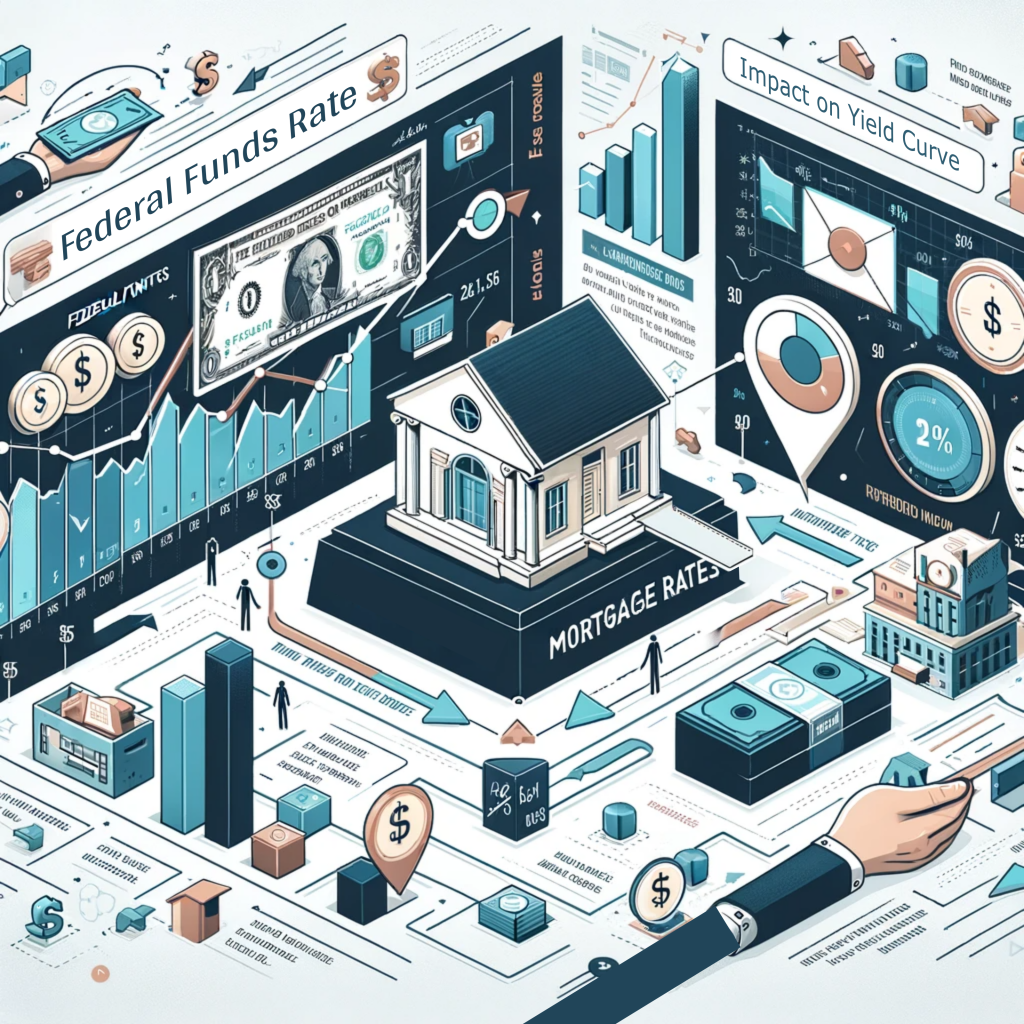With all the recent discussions about potential Fed rate cuts, understanding the relationship between the Federal Funds Rate and mortgage rates is crucial for homeowners, investors, and industry professionals in Minnesota.
The Federal Funds Rate: A Primer
The Federal Funds Rate is the interest rate at which banks lend to each other overnight. It is a critical monetary policy tool for the Federal Reserve, influencing short-term spending more than long-term investments like mortgages.
How the Federal Funds Rate Influences Mortgage Rates
While mortgages tend to be indexed to longer-term indicators like the 10-year Treasury bonds rather than the federal funds rate, changes in the latter do impact mortgage rates. When the Federal Reserve increases the federal funds rate, it generally leads to higher short-term borrowing costs, which can affect credit card and auto loan rates. This increase in borrowing costs can then exert upward pressure on long-term rates like those for mortgages.
However, it’s important to note that mortgage rates don’t consistently follow the federal funds rate’s trends. They can diverge significantly, depending more closely on other long-term rates, like the yield of ten-year Treasury Constant Maturity. For example, from March 2022 to March 2023, the federal funds rate saw a substantial increase, which was paralleled by a notable rise in average mortgage rates for 30-year fixed-rate mortgages.
The Interplay Between Treasury Yields and Mortgage Rates
Mortgage rates are closely related to the 10-year Treasury rate. When policy changes affect the 10-year Treasury bonds, they indirectly influence mortgage rates. The relationship between these two is more pronounced than that between the federal funds rate and mortgage rates.
The Impact on the Yield Curve
Changes in the federal funds rate impact the yield curve, which represents the difference between short-term and long-term interest rates. An increase in the federal funds rate often results in a decrease in the spread between one-year and ten-year Treasury bond rates. This dynamic highlights the stronger connection of the federal funds rate with short-term interest rates compared to long-term rates like those for mortgages.
Implications for Homeowners and Investors in Minnesota
Understanding these relationships is essential for making informed decisions in the real estate market. Whether you’re considering buying a home or investing in commercial property, being aware of how federal policy impacts mortgage rates can help you plan more effectively. While the Federal Reserve’s actions are geared more towards short-term economic control, their indirect influence on mortgage rates, through mechanisms like the yield curve and Treasury bond rates, is an important factor to consider in your long-term financial planning and investment strategy.
While the Federal Funds Rate is a key influencer in the financial world, its direct impact on long-term mortgage rates is less pronounced, with factors like the 10-year Treasury yield playing a more significant role. For real estate stakeholders in Minnesota, staying informed about these economic intricacies is key to navigating the market effectively.
______________________________
The information provided in this article is for informational and educational purposes only and should not be construed as financial advice. Title Mark does not offer financial advisory services. We recommend consulting with a qualified financial advisor for advice tailored to your individual circumstances.
